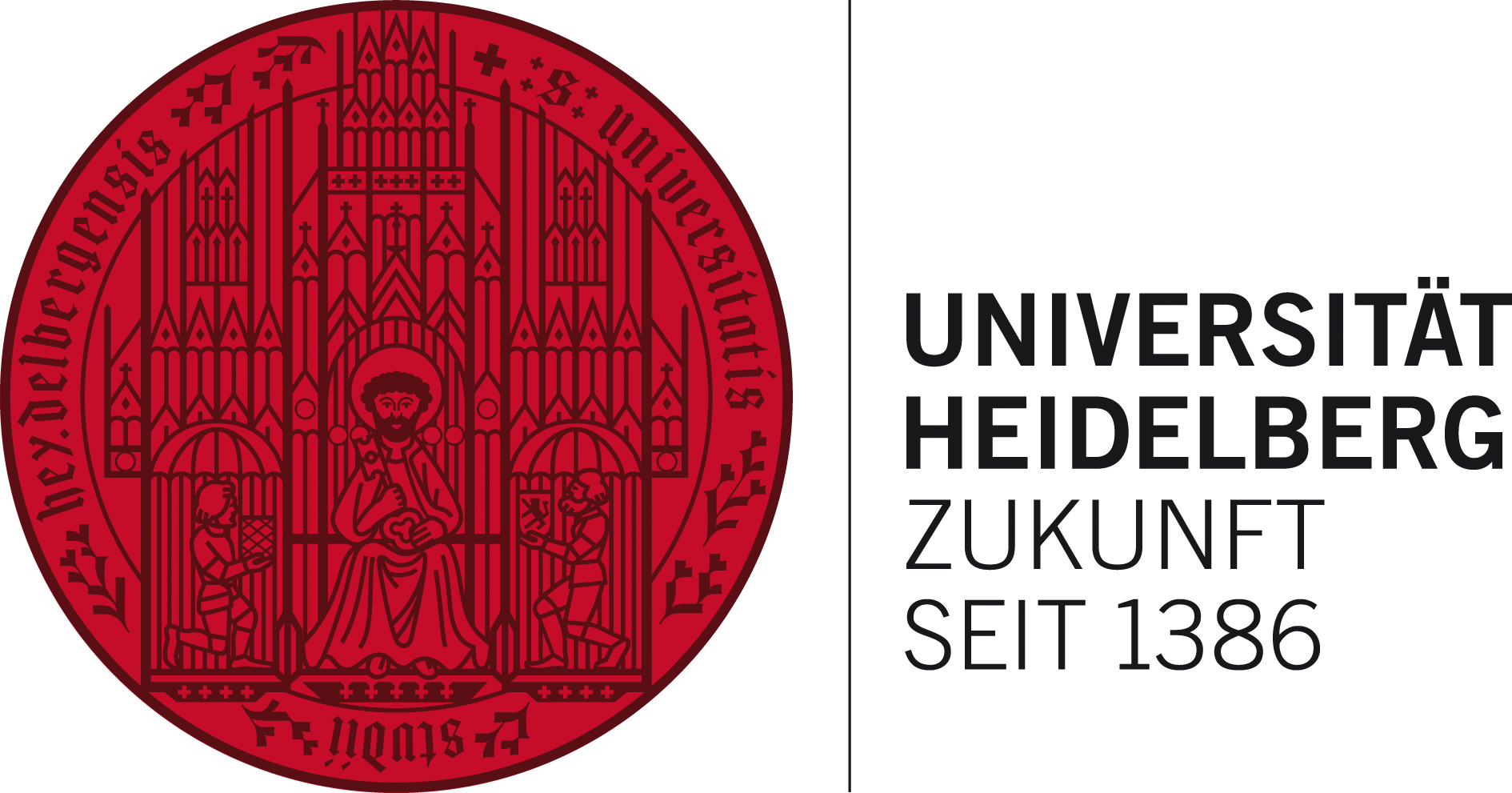Technische Informatik

Anwendungsspezifisches Rechnen
Prof. Dr. Robert Strzodka
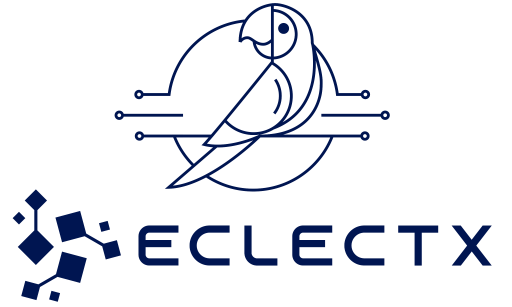
Computer Architecture Team
Prof. Dr. Nima TaheriNejad
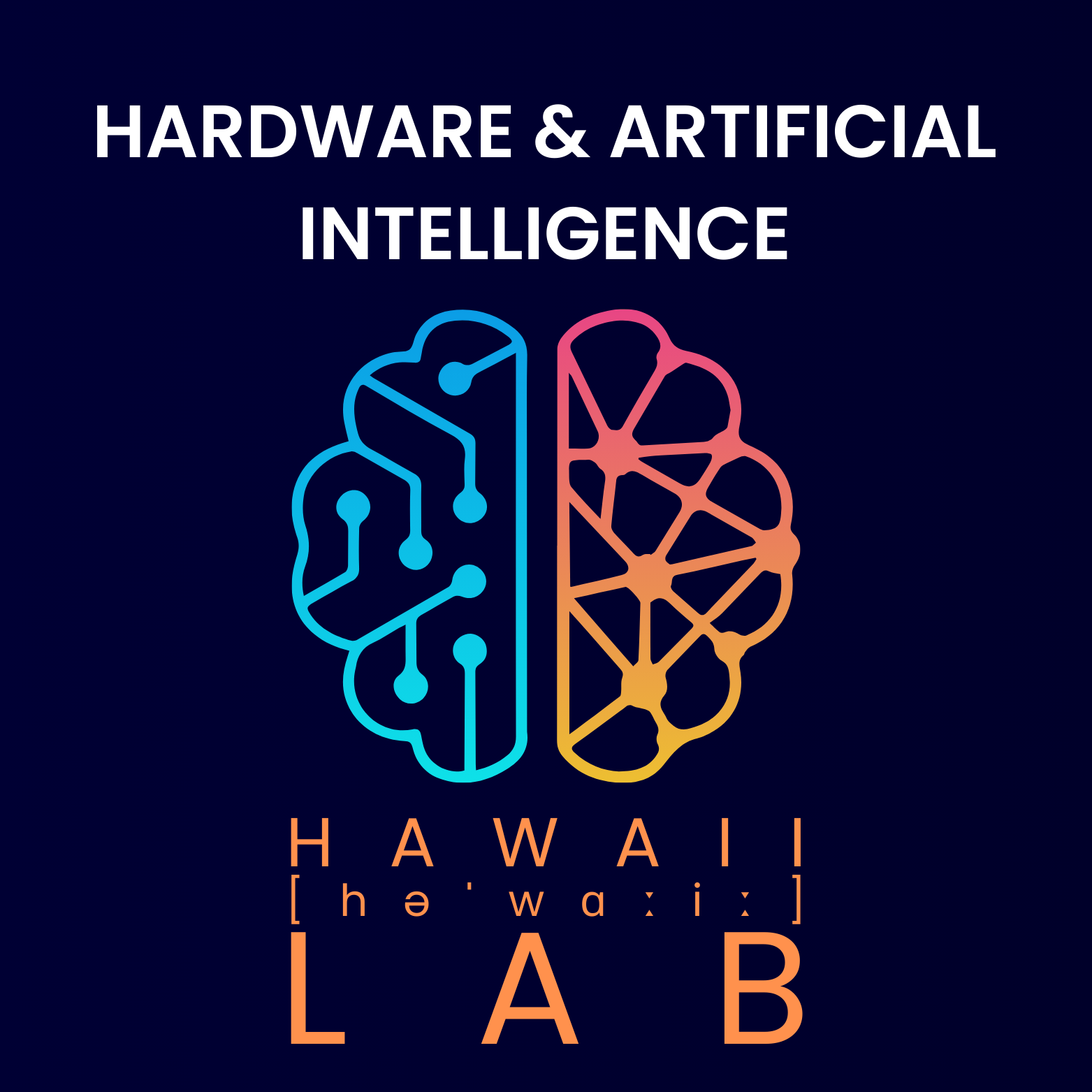
Hardware & Artificial Intelligence
Prof. Dr. Holger Fröning
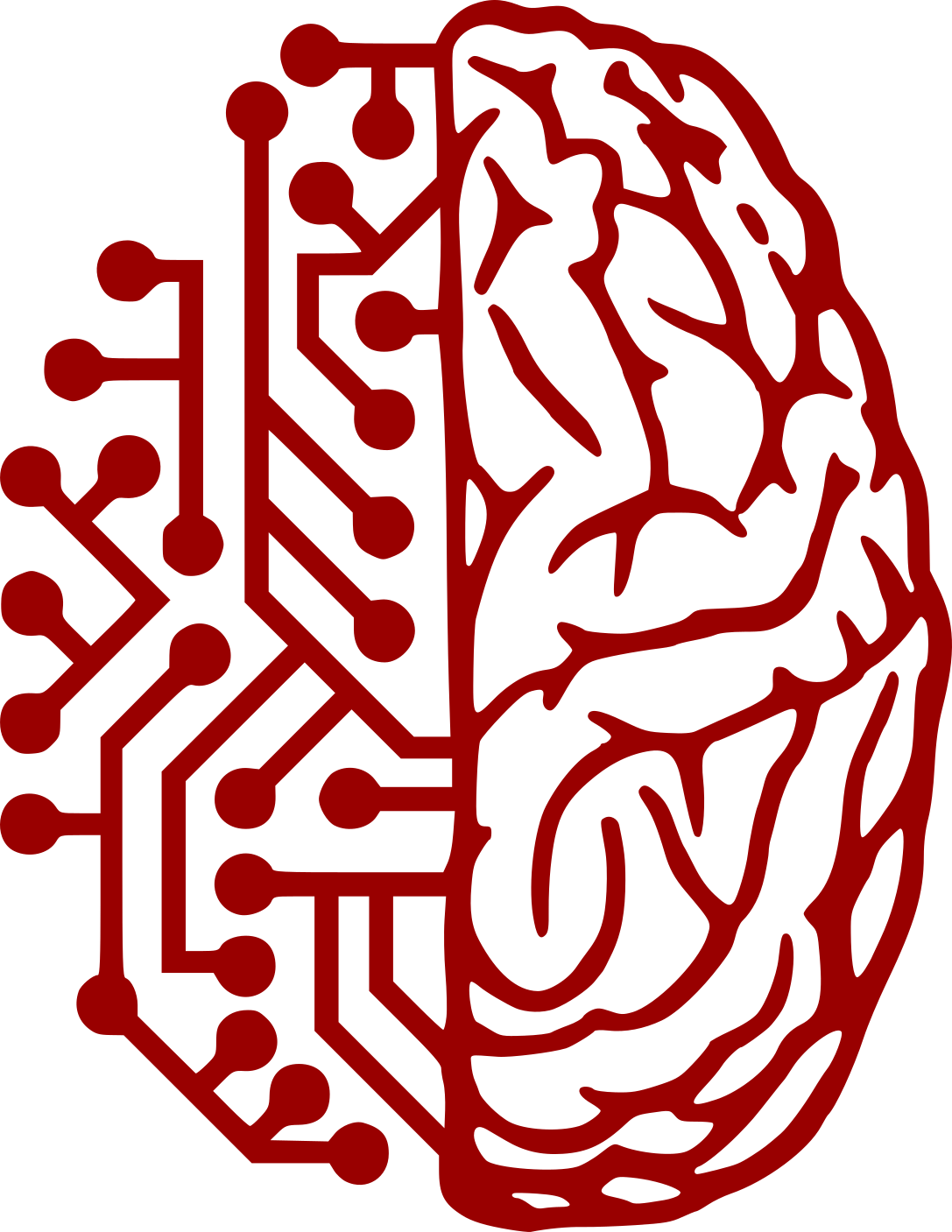
Neuromorphic Computing Architectures
Prof. Dr. Johannes Schemmel

Novel Computing Technologies
Prof. Dr. Dirk Koch

AG Schaltungstechnik und Simulation
Prof. Dr. Peter Fischer
Fellowships
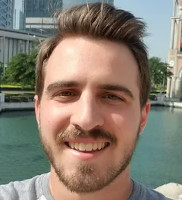
Exoskeletons for Rehabilitation
Dr. Jaboc Boehm
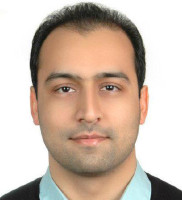
High Performance Medical Data Processing
Dr. Kazem Shekofteh
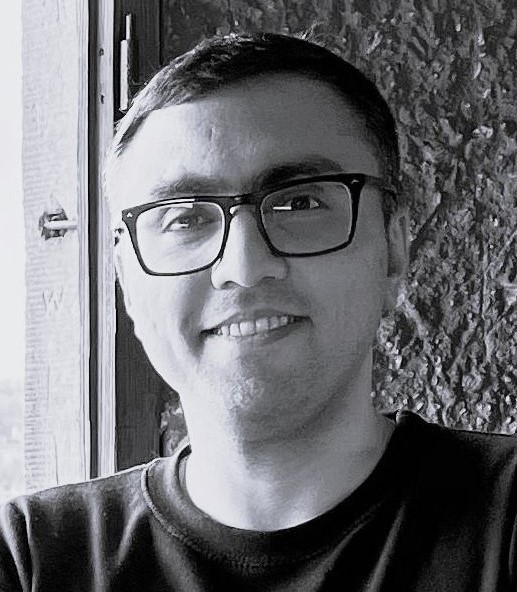
Privacy-Preserving Federated Learning
Dr. Amin Aminifar
Alumni & Emeriti

Automation (1998-2020)
Prof. em. Dr. E. Badreddin

Rechenarchitektur (1996-2021)
Prof. em. Dr. Ulrich Brüning
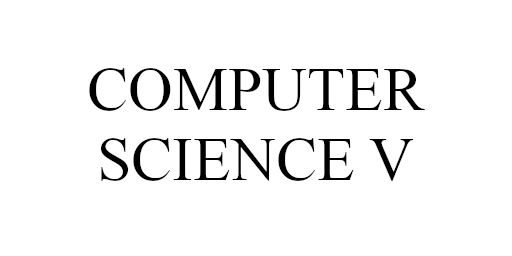
Informatik V (1996-2012)
Prof. em. Dr. Reinhard Männer
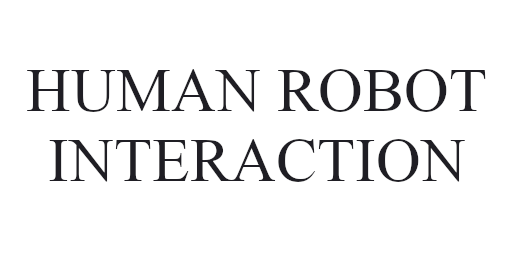
Human Robot Interaction (2022-2024)
Prof. Dr. Daniel Häufle

Medizintechnik (2019-2024)
Prof. Dr. Lorenzo Masia
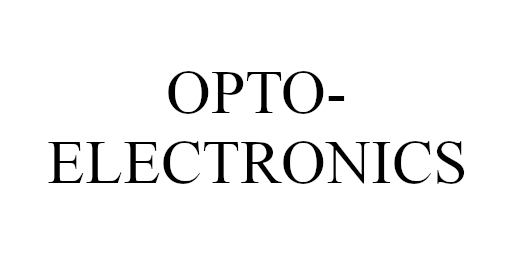
Optoelektronik (1996-2018)
Prof. em. Dr. Karl-Heinz Brenner
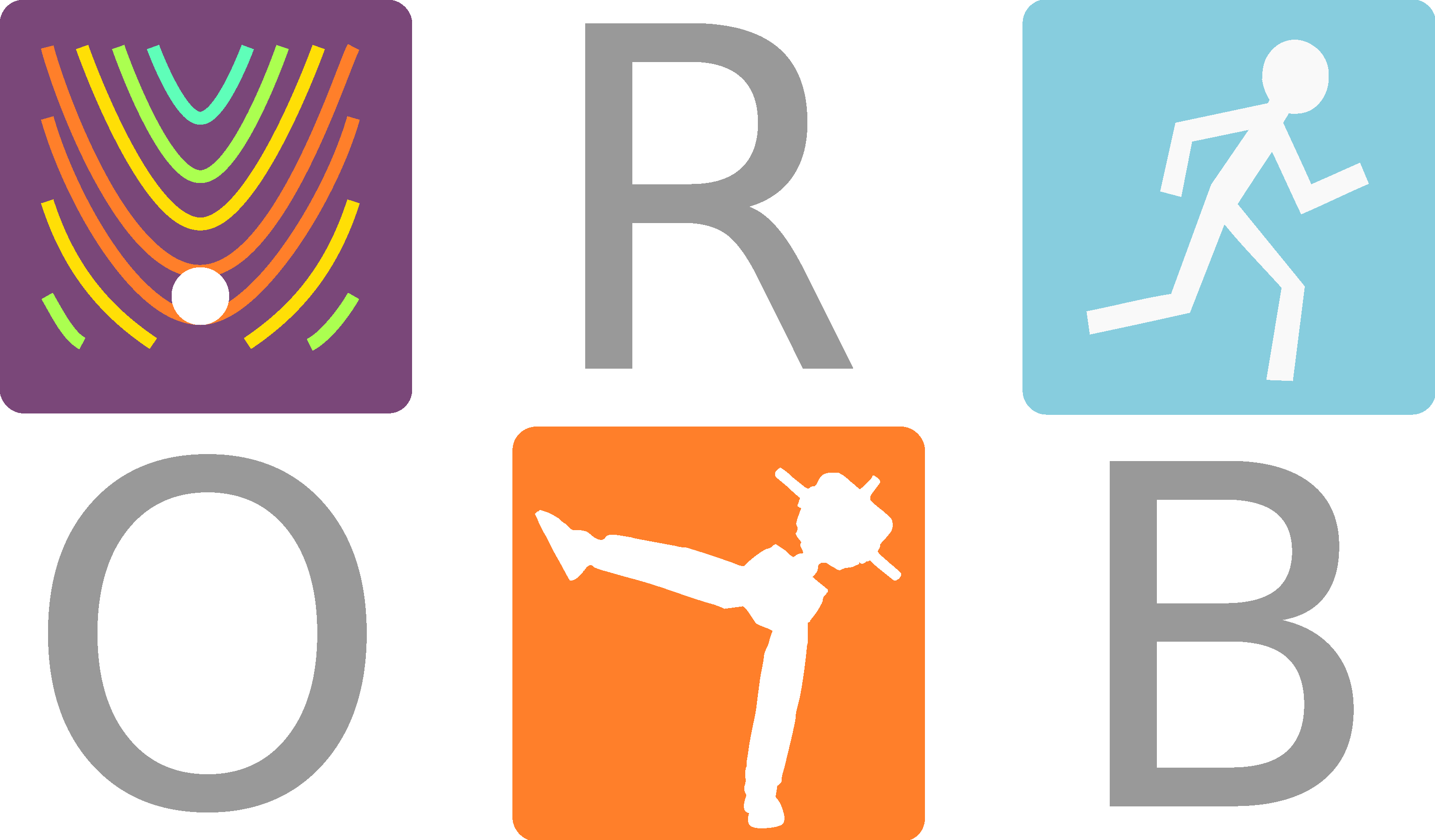
Optimization, Robotics and Biomechanics (2017-2020)
Prof. Dr. K. Mombaur

Quantum Computing and Applications (2023-2025)
JunProf. Dr. Marko Rančić
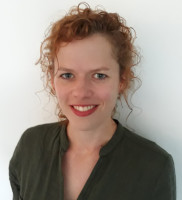
Computational Biomechanics
Dr. Lizeth Sloot
